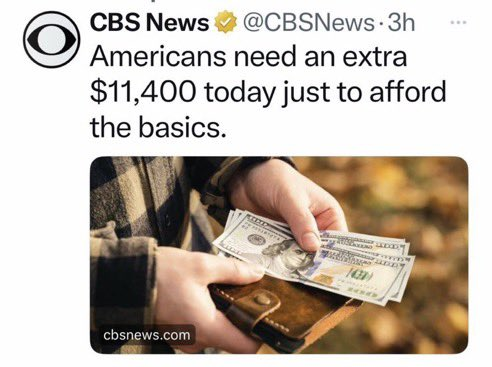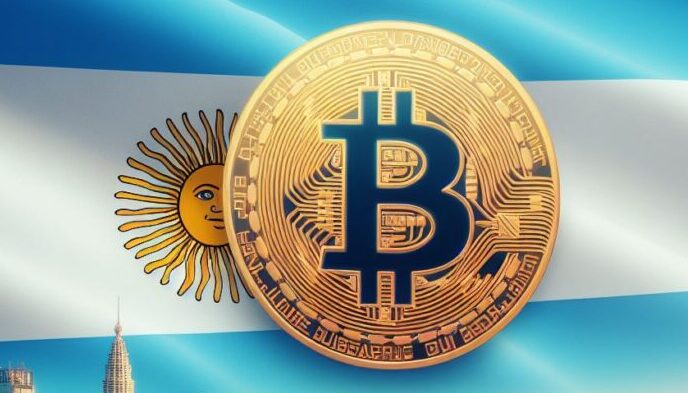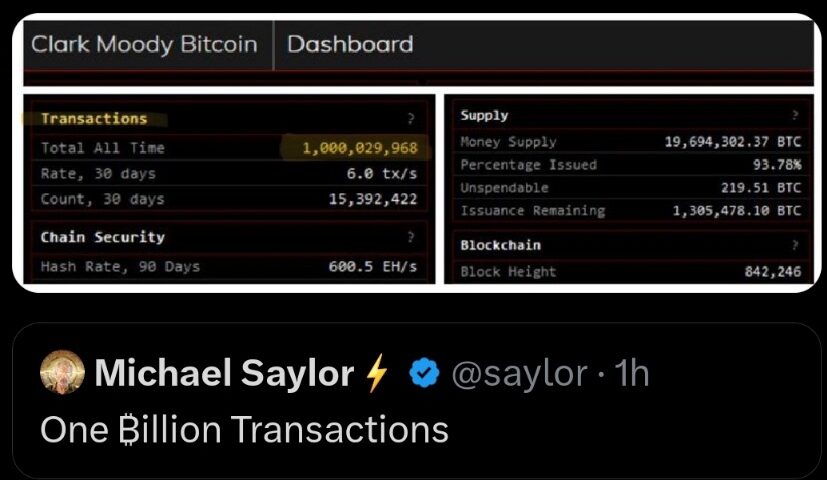There’s been a lot of discussion lately around inflation and its impact on our daily lives. Many influential figures and publications have raised concerns over why grocery prices remain high even as inflation appears to be decreasing. This confusion arises from a common misunderstanding of economic terms and how inflation works in practice. Let’s break it down.
Firstly, let’s clarify some key concepts. Disinflation refers to the reduction in the rate of inflation – essentially, inflation is slowing down. However, this doesn’t necessarily mean that prices themselves are dropping; instead, their increases are becoming smaller compared to previous periods. Deflation, which is rarely experienced, signifies an overall decrease in price levels. We are currently far from entering a phase of deflation.
Now, you might wonder, “If inflation is indeed declining, then why do I still feel like everything costs more?” Great question! While it’s true that inflation rates may be decelerating, those reductions don’t erase past price hikes caused by earlier inflations. For example, suppose the cost of bread rose by 30% during a year-long period of high inflation. Even if inflation slows down significantly after that initial spike, the price won’t automatically revert to pre-inflation levels. A drop in consumer demand could eventually lead to lower prices, but this typically involves other factors such as increased unemployment – clearly undesirable consequences nobody wants to see.
Moreover, various external elements contribute to ongoing high grocery bills, including supply chain disruptions, weather events (like droughts), disease outbreaks affecting livestock (such as avian flu), and labor shortages. These issues can independently drive up costs regardless of inflation trends.
Another issue exacerbating the perception of persistent inflation lies in ‘shrinkflatization’. Companies package fewer goods into each unit sold while keeping retail prices constant. As consumers pay the same amount for reduced quantities, dissatisfaction ensues despite technically stable per-unit pricing.
So, when someone asks, “Why are groceries still so expensive if inflation is falling?” remember that although inflation rates might decrease, individual prices usually don’t follow suit immediately or completely. Instead, these decreases reflect a slower pace of price growth rather than actual price drops. Understanding this distinction helps us navigate discussions about economics and appreciate the complexities underlying seemingly simple questions.




